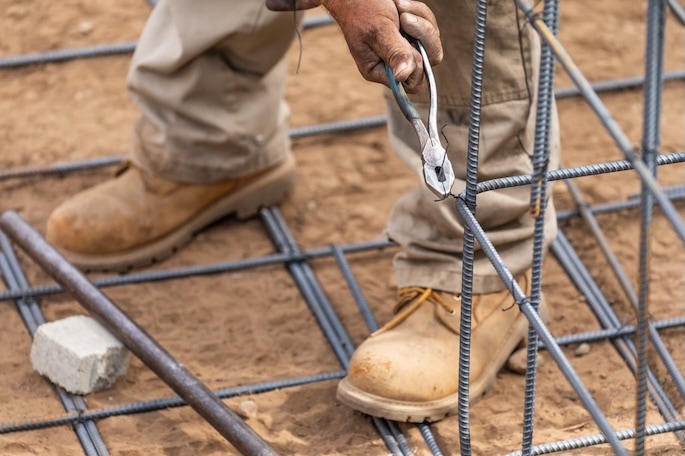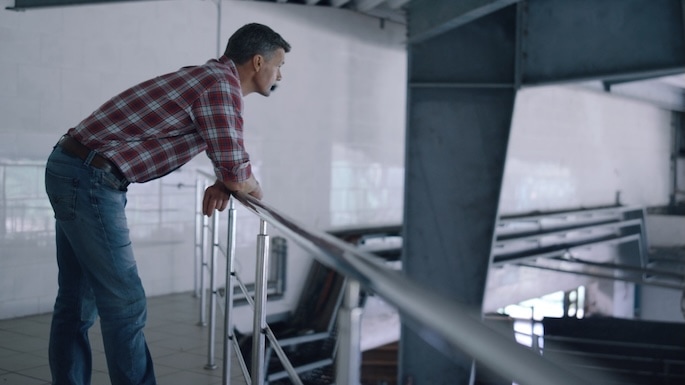Bucket trucks are one of the best ways to provide a safe, elevated platform for workers, allowing them to use both arms to perform their work.
These trucks use an aerial device attached to the truck to raise workers in the air to perform job tasks. Some examples of aerial devices include:
- Articulating boom platforms
- Extensible boom platforms
- An aerial ladder
While bucket trucks are safer than other alternatives, they still have hazards that are associated with them. Employees using bucket trucks should be aware of those hazards and follow all the safety rules required to work with them.
Bucket Truck Hazards
Using a bucket truck may seem simple, but they present unique hazards employees who are operating them should be aware of. They also have requirements employers must follow when using one. Employees can be severely injured if they do not pay attention to their surroundings when setting up the bucket truck. For example, if the truck is set up on uneven ground, the bucket can tip over as it’s raised, throwing anyone inside the bucket out. Employees in the bucket may be crushed by an object if the lift is raised in an area with obstructions. If employees are raised near or into powerlines, they can be electrocuted. Employees also risk falling out of the bucket if they are not secured properly to the boom or bucket.
Before Work Begins
Before using the bucket truck, the driver of the vehicle or operator of the bucket truck must be trained on how to operate the lift. They must also perform a safety check. This inspection is necessary to determine if there are any operational issues with the bucket truck prior to an employee using it and to identify damage to the vehicle, leaks or hazards. This daily safety check should include inspections that cover:
- Boom and bucket condition
- Cylinders and hoses
- Outriggers and pedestal mounting bolts
- Tire condition and inflation
- Vehicle body integrity
- Fluids
- Lift controls
- Emergency and safety systems
- Lights
Each component of the bucket truck should be checked and recorded to show the bucket truck was in safe working condition before use. Once this is completed, the bucket truck is ready for use.
Prior to Lifting the Bucket
The vehicle should be positioned properly before any work begins. This means that if the bucket is in the air, the vehicle must not be moved. When the vehicle moves, the tower must be secured in the lower traveling position.
When positioning the bucket truck, make sure:
- The vehicle is on even ground
- The emergency brake is set and outriggers are placed
- The wheels are chocked
- There are no overhead obstructions in view.
Employees should not be lifted in the air in a bucket if there is bad weather. The risk of injury substantially increases during bad weather, especially when there are lightning and high winds.
Fall Protection
Employees must wear personal fall arrest protection while working the bucket. The fall protection should be attached to an anchor point in the bucket or boom prior to raising the bucket. The fall protection cannot be attached to an adjacent pole, structure or other equipment while working in the bucket. Employees must follow fall protection requirements when wearing fall protection and inspect their fall protection prior to each use.
Other Personal Protective Equipment
Other personal protective equipment should include hard hats while working where objects can fall and strike employees. This is especially true when an employee is working on the ground under the bucket or if the worker in the bucket is working with overhead tasks. Employees should wear hard hats when there is an increased risk of falling materials.
Manufacturer’s Weight Rating
Employees should not exceed the manufacturer’s weight rating of the bucket, and employees should not place anything inside the bucket that would exceed the weight rating. The weight rating can be found on the decals near the bucket or in the owner’s manual.
Safety While Working in the Bucket
Workers should not use ladders, planks or step stools while in the bucket. Employees are required to stand firmly on the floor of the basket. They must not climb or sit on the edge of the basket.
Additionally, workers must be aware of the area in which they are working. Cone off or guard the area under the bucket while it is in use to prevent individuals from walking underneath the bucket. This prevents bystanders from being struck by materials.
Training
All employees that are working with a bucket truck must be trained in the following prior to the start of work:
- Use of fall protection
- Manufacturer’s operating instructions for the bucket truck
- Emergency response
- Routine maintenance requirements
- Potential hazards
It is important and required that employees receive training before using a bucket truck to prevent hazards from occurring.
Regardless of your job title, working safely is everyone’s responsibility. See you at the next safety meeting!



